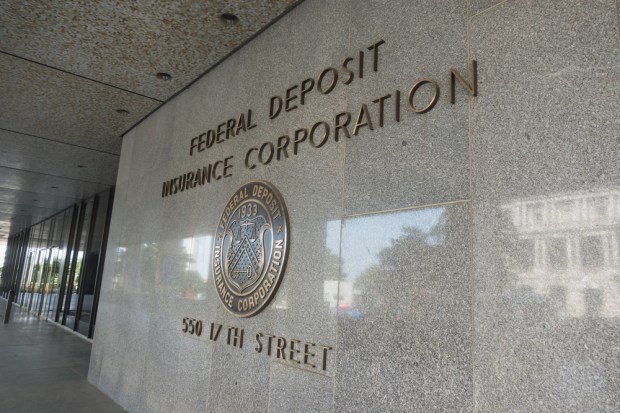FDIC Says Banks’ SMB Lending May Be Significantly Underestimated

A new Federal Deposit Insurance Corporation (FDIC) report suggests banks’ contribution to small business (SMB) lending is significantly underestimated.
The FDIC spoke with 1,200 banks in the U.S. for its 2018 Small Business Lending Survey, examining these financial institutions (FIs) on their loan products, underwriting strategies, market competition and more. One of the most striking conclusions of the report is that the traditional measurement of small-business bank lending may significantly underestimate the true volume of SMB loans issued. At the broadest level, the FDIC said, this means “there is no comprehensive measure of small business lending by banks.”
Analysts typically look at commercial and industrial (C&I) loans under $1 million as a proxy for small business loans, as defined by the Call Report. Yet, according to the FDIC, many C&I loans that are above the $1 million threshold end up going to businesses categorized as “small.” Plus, the report noted, that strategy fails to include small business loans secured by residential real estate.
Another issue in the traditional measurement of small-business bank loan volume is that small and large banks show key differences in how they define their small business customers. According to the FDIC, for example, small banks tend to use qualitative characteristics, while large banks tend to use the size of a loan and a company’s revenue.
In recent years, consolidation of the small bank market, as well as a 14 percent decline in those banks’ assets between 2008 and 2017 (while big banks increased their assets by 13 percent, according to FDIC data), hasn’t prevented small banks from holding nearly 53 percent of the small business lending market, if the Call Report proxy is used. However, when analysis takes into account the loans above $1 million lent to small businesses, the data suggests small banks account for even more of this industry. At least one-fifth — and perhaps even more than half — of loans, originated by small banks above the proxy limit of $1 million, go to small businesses, the report stated.
At the same time, the FDIC noted the “smallest of the small” banks often see small business loans backed by personal property as a significant portion of their loan portfolios. These loans, too, were not included in the Call Report proxy, yet they make up nearly 15 percent of the C&I loan portfolio for banks with less than $250 million in assets.
“In sum,” the FDIC concluded, “the survey results document that the Call Report proxy substantially underestimates the true amount of small business lending by banks.” Calculations estimated that the proxy is at least 11.7 percent below the actual small-business lending volume by banks in 2015.
The report suggested that small banks’ SMB lending may be particularly underestimated, and hinted that those banks are among the top competitors in the small-business lending landscape. Nearly all large banks said — and smaller banks agreed — that local banks with between $1 billion and $10 billion in assets are top competitors.
Meanwhile, only about half of both large and small banks see credit unions as top competitors, while smaller banks do not view local non-banks, credit card players or FinTech firms as competitors as much as large banks do.
“The fact that, to some extent, small and large banks consider themselves to be in frequent competition with the other for small business borrowers suggests that many small businesses are capable of borrowing from either type of bank,” the FDIC concluded in its report. “At the same time, however, the fact that banks’ main competitor tends to be a similarly sized bank suggests that small and large banks offer somewhat differentiated services that appeal to a distinct group of customers.”
